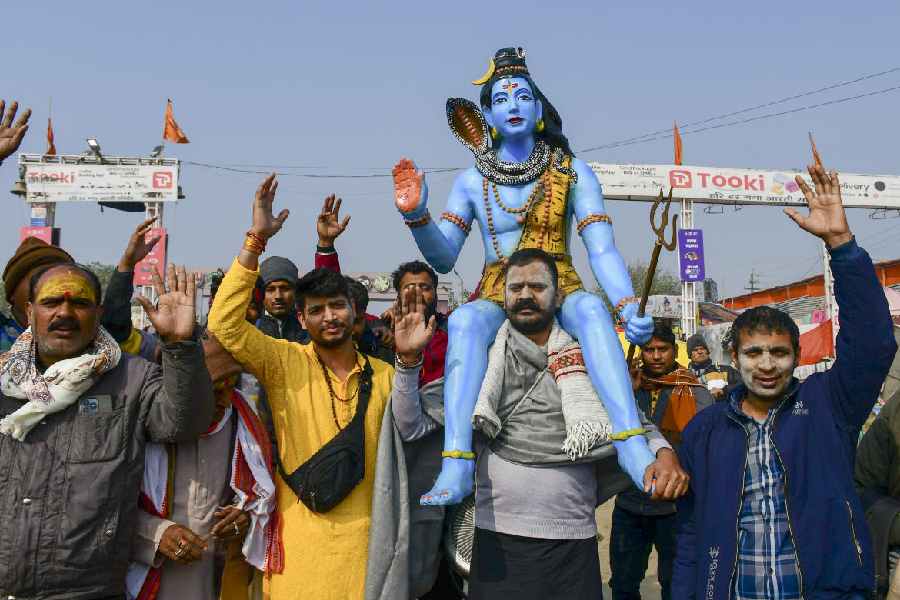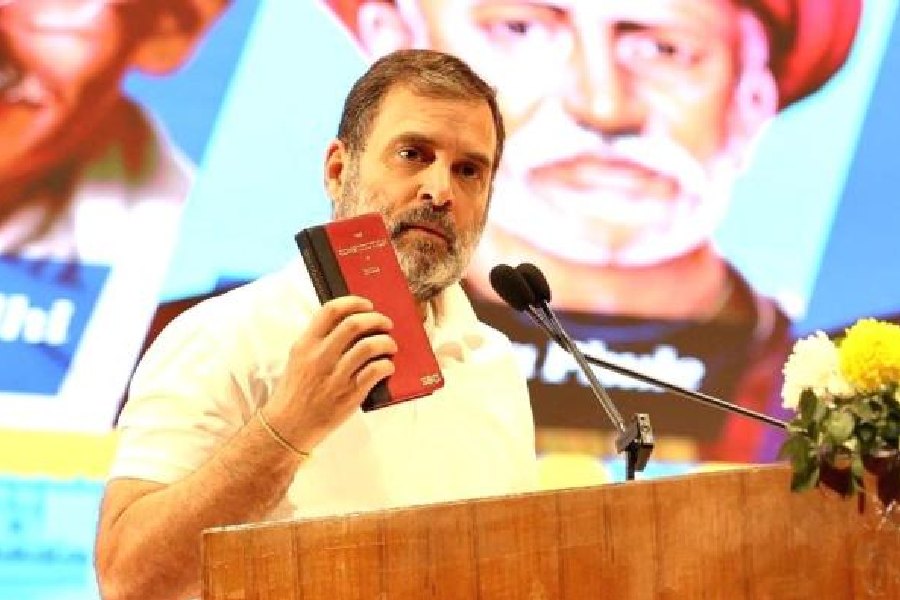A ministerial panel on the rationalisation of GST rates has broadly agreed to retain a four-tier slab structure, rejecting calls for a reduction in the number of slabs.
Bengal finance minister Chandrima Bhattacharya pitched for a cut in 18 per cent GST on life and health insurance premiums at the meeting here on Thursday.
Bhattacharya said she requested the ministers to reduce the GST rates on the premiums. “I have been told that the fitment committee is looking into it.”
Krishna Byre Gowda, Karnataka minister of revenue, said “we have discussed the issue of relaxation in GST rates on insurance; we have asked for more data on it”.
The Opposition has been demanding the removal of the GST on health and life insurance premiums.
Finance minister Nirmala Sitharaman had earlier this month said the tax was levied on insurance premiums even before the imposition of GST, and the GST revenues from the premiums were shared between the Centre and states.
On rate rationalisation or reducing the number of slabs under GST, Bhattacharya said: “No member of the rate rationalisation committee is in favour of changing or reducing the number of current slabs under GST. I have said that there should be no changes in the GST slab. A presentation will be made before the Council.”
On the changes in current GST slabs, Krishna Byre Gowda said, “Why disturb something which is going on smoothly.”
The suggestions of the GoM will be taken up in the September 9 meeting of the GST Council headed by Sitharaman and comprising the state counterparts.
Talking to reporters after the first meeting of the GoM under him, Bihar deputy chief minister Samrat Chaudhary said: “Some GoM members are demanding that there should be no change in tax slabs under GST.”
“More discussions will happen, and then only a final decision will be taken,” Chaudhary said.
The GoM has received representations from restaurants, beverages and online gaming sectors, which will be reviewed and some of them will be sent to the fitment committee.
Gowda said the GoM had asked for a break up of changes in tax rates on some items. “What will be the implication of tax rates going up or down on those items,” he said.
The GST Council, in its previous meeting in June, had tasked the GoM to give a broad overview of the work done on GST rate rationalisation.
The GST Council in its 54th meeting on September 9 will discuss the way forward on rate rationalisation.
The GoM has been tasked with suggesting the required rate rationalisation and correction of the inverted duty structure, with the objective of simplifying the rate structure, reviewing the GST exemption list and enhancing revenues.
The GST regime has five broad tax slabs of zero, 5, 12, 18, and 28 per cent. A cess is levied over and above the highest 28 per cent rate on luxury and demerit goods.











